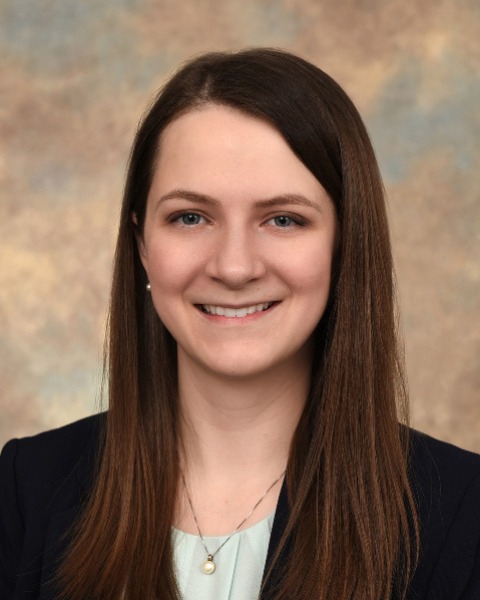Basic Science
Poster Session 4
(936) Testing Transcriptional Regulatory Pathway in Early-Onset FGR using Patient-Specific Human Trophoblast Stem Cells

Juliana Bakk, MD
The University of Kansas Medical Center
Kansas City, KS, United States- SP
Soumen Paul, PhD
Professor, Director, Pathology Graduate Studies Program Division of Cancer and Developmental Biology
University of Kansas Medical Center
Kansas City, KS, United States - SR
Soma Ray, PhD
Senior Scientist
University of Kansas Medical Center
Kansas City, KS, United States 
Marc Parrish, DO, MSCR
Maternal-Fetal Medicine Division Director
University of Kansas Medical Center
Kansas City, KS, United States
Primary & Presenting Author(s)
Coauthor(s)
Human Trophoblast stem cells (hTSC) are an excellent model system to understand trophoblast development during human pregnancy. However, most of previously studied hTSCs were established from 1st trimester placentas, which limits evaluation of mechanisms underlying development of early-onset FGR. We hypothesize that a defect in trophoblast progenitor self-renewal and differentiation can result in a pathologic pregnancy, such as FGR. Components of Hippo signaling pathway are essential for optimization of trophoblast progenitor self-renewal. Our objective was to establish patient-specific hTSCs from early-onset FGR placentas and controls to determine differences in expression in transcription factors and cofactors in the Hippo signaling pathway.
Study Design:
Patients were identified as early-onset FGR when diagnosis was prior to 32wks and had a typical pattern of progression resulting in preterm delivery. Excluded: Non-English/Spanish speaking, other fetal anomalies, multifetal gestation, declined participation. The controls delivered by c-section before labor, had no medical problems or fetal abnormalities.
Cytotrophoblasts (CTBs) were isolated from placentas and plated in stem media in a hypoxic chamber. Qualitative speed of growth of hTSC colonies was noted, comparing control to FGR. mRNAs were isolated from growing cells to determine expressions of Hippo signaling transcription factors, TEAD4/TEAD1 and cofactors YAP1/WWTR1.
Results:
CTBs of 8 early-onset FGR placentas were isolated to establish hTSC lines. FGR-hTSCs were slower growing compared to controls. Expression of TEAD4, which is an important regulator for CTB proliferation, was suppressed in several FGR-hTSCs.
Conclusion:
Due to our successful establishment of hTSCs from early-onset FGR placentas, we have provided a novel way of understanding underlying mechanisms of FGR. TEAD4 expression is decreased in early-onset FGR placentas. In the future, WES will aid in discovery of specific mutations that may result in this abnormality along with other pathways affecting trophoblast development leading to early-onset FGR.

